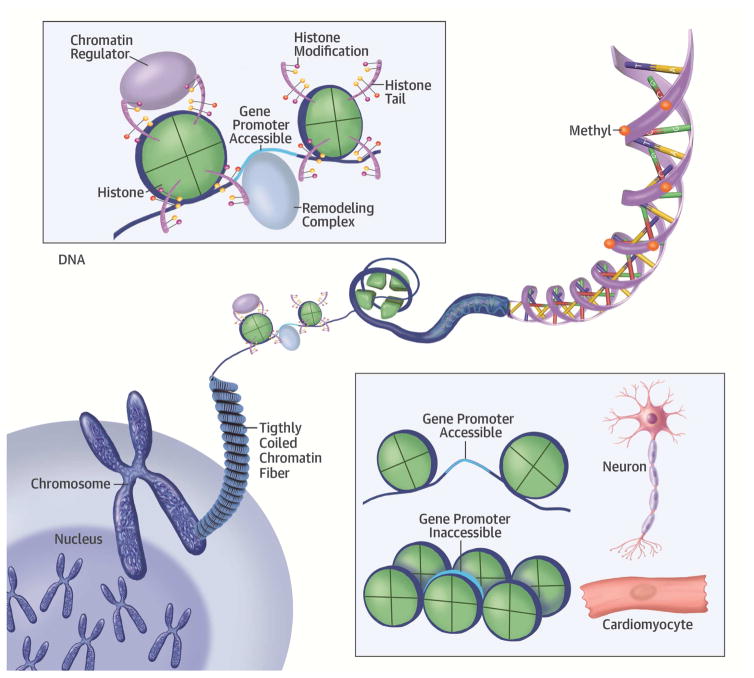Figure 1. Epigenetic Modifications and Their Location.
Epigenetics is the collective name for the genetic effects resulting in gene expression but do not involve variation in the DNA sequence itself. These include the chemical modifications to DNA itself (DNA methylation), the histones (around which DNA is wound) or non-coding RNA. Eight histone unit form chromatin, around which 146 bp of DNA is wound to form the nucleosome. (A) The histone tails can have multiple marks. (B) Histone-modifying enzymes. (C) DNA methylation occurs predominantly at the CpG islands. (Middle lower box) Epigenetic marks are important determinant of the differentiation and cell fate during development.
(Lower right corner) (A) Certain modifications can increase accessibility to DNA. (B) Histone complexes can have modifications at multiple positions on the tail, jointly making up the histone code. (C) Histone-remodeling complex slide histones in directions, making the DNA accessible or not.

